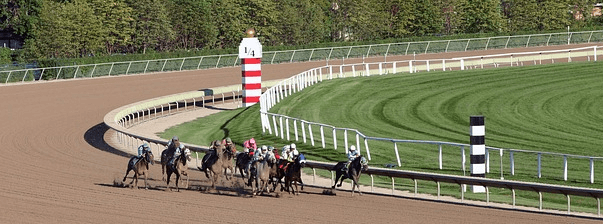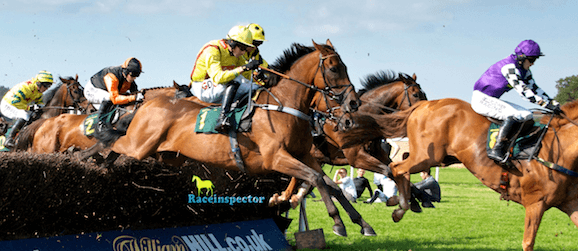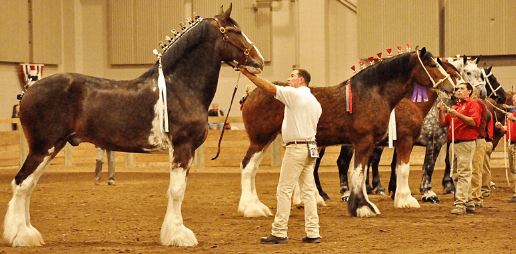Charlize Theron, the thoroughbred, and the nasal strip
They are ugly.
Like placing a band-aid over the bridge of Charlize Theron’s nose, they do detract from the overall natural beauty of the subject.
But it is a fashion that looks here to stay.
Nasal strips are now a fairly common sight on thoroughbred racehorses in Australia. They have been in use for more than a decade in the US but did take some considerable time to find acceptance in Australia. In fact these breathing aids have been in use across all disciplines (equestrian, harness racing, etc.) of horse competition with great acceptance for quite some time.
Neil Murray was at Mornington races yesterday and captured the racing action in his own inimitable style once again. When looking through his photographs these shots of two winners caught my eye. Primarily because the nasal strips are plain and simply ugly. There is colour and beauty in a set of blinkers, winkers or a nose roll - and the bridle always has an aesthetic and practical beauty - but those strips look very ordinary (maybe there is an opportunity for someone to brighten them up in some way).
I have reproduced two of his photographs for you here. The first is Blue Vein (Fabian Alesci) winning race 4 - and secondly Schwarzer (Ben Knobell) winning race 5.


Even from their inception some racehorse trainers thought them nothing more than a cosmetic fix - a placebo. But many trainers now vouch for the benefits. And I have listed some of the research below:
During exercise when horses begin to breathe hard the soft tissues overlying the nasal passages are sucked in, reducing the airway diameter. This reduction in diameter causes greater resistance to airflow into the lungs. Nasal strips gently support the soft tissues over the nasal passages providing reduced airway resistance during exercise.
By reducing airway resistance during exercise, nasal strips help prevent fatigue related injuries, help protect the lungs from injury and bleeding and promote optimal athletic performance. - Flair Strips.
“ . . . In the field, nearly 400 horses that wore nasal strips were evaluated at the Calder Race Course in Florida in 1999-2000. It was observed that horses with the strip had a win percentage 3.4% higher than horses that did not wear a strip. Horses wearing a nasal strip had a 15% decrease in the interval to the next race (23 days) compared with the race-to-race interval before wearing a nasal strip (29 days).”


